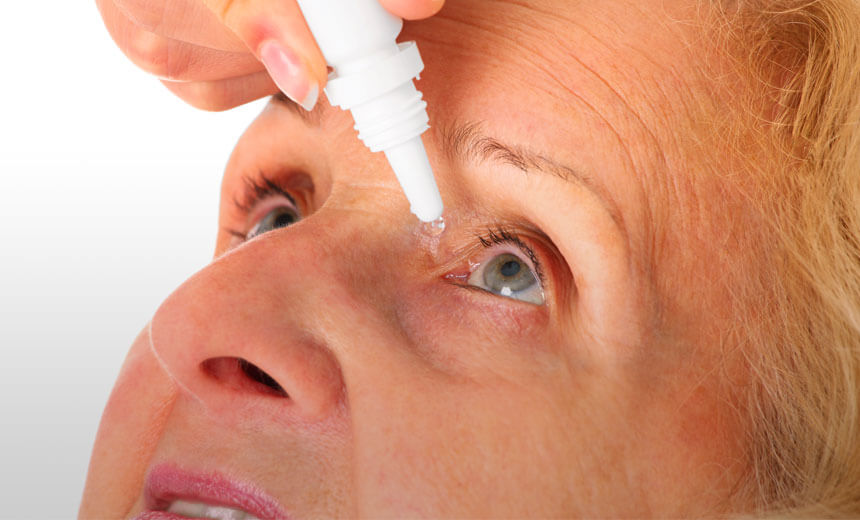"*" indicates required fields
27/08/2018

Although there is no cure for glaucoma, various treatments are available to slow or prevent further vision loss. For many, eye drops represent the most simple and cost-effective option for managing increased pressure in the eye, which is the most common cause of glaucoma.
According to Dr Lei Liu, a glaucoma specialist at Vision Eye Institute, a large number of people are putting their sight at risk by missing doses or stopping use of their eye drops altogether.
“Glaucoma is called the ‘sneak thief of sight’ because it has no symptoms during the early stages,” says Dr Liu. “Similarly, when patients skip or stop using their eye drops, they don’t usually notice any immediate effects or changes to their vision. A lot of people don’t treat eye drops like a medicine, but that’s exactly what they are.”
This misuse of eye drops isn’t just a local trend seen by Dr Liu at Vision Eye Institute Boronia. A study conducted in Australia showed that of more than 17,000 people with glaucoma, 44% of patients stopped taking their treatment within the first six months and this increased 52% of patients at one year.1
A lot of people don’t treat eye drops like a medicine, but that’s exactly what they are.
Another glaucoma specialist, Dr Ed Boets, who consults at Vision Eye Institute Mackay, explains that it’s essential for people with glaucoma to visit their ophthalmologist before changing or discontinuing treatment.
“It may seem logical to assume that if the eyes feel comfortable without treatment, then eye pressure must be within a normal range. However, this isn’t the case and further vision loss can – and does – occur without any symptoms,” says Dr Boets. “The only way to accurately measure eye pressure is with a special tool called a tonometer.
“On the flip side, some people are reluctant to continue eye drop treatment due to side-effects, such as stinging or irritation. But as with any medicine, it’s important not to discontinue treatment without consulting a healthcare professional – in this case, the prescribing ophthalmologist or optometrist.”
Dr Jason Cheng, a glaucoma specialist who practises at Vision Eye Institute Hurstville, has some tips to help people to remember their eye drops. “Try to establish a routine by setting a daily alarm or administering eye drops at the same time every day, such as first thing in the morning or straight after a set meal or television program. It may also be helpful to figure out how long a bottle of eye drops usually lasts and then mark a refill date on the calendar to avoid running out.”
When administered correctly, eye drops can be a very effective option for managing glaucoma, but Dr Cheng stresses that it’s still important to schedule regular eye checks.
“Everybody responds differently to medicines, and eye drops are no different. In some people, eye drops may not reduce eye pressure as expected, or they can become less effective over time. In others, a different combination of eye drops, or glaucoma surgery – such as filtration or drainage surgery – may turn out to be a better fit. An ophthalmologist will be able to advise the most suitable option.”
References
All medical and surgical procedures have potential complications. Check with your doctor before proceeding.
The information on this page is general in nature. All medical and surgical procedures have potential benefits and risks. Consult your ophthalmologist for specific medical advice.
Date last reviewed: 2023-05-19 | Date for next review: 2025-05-19